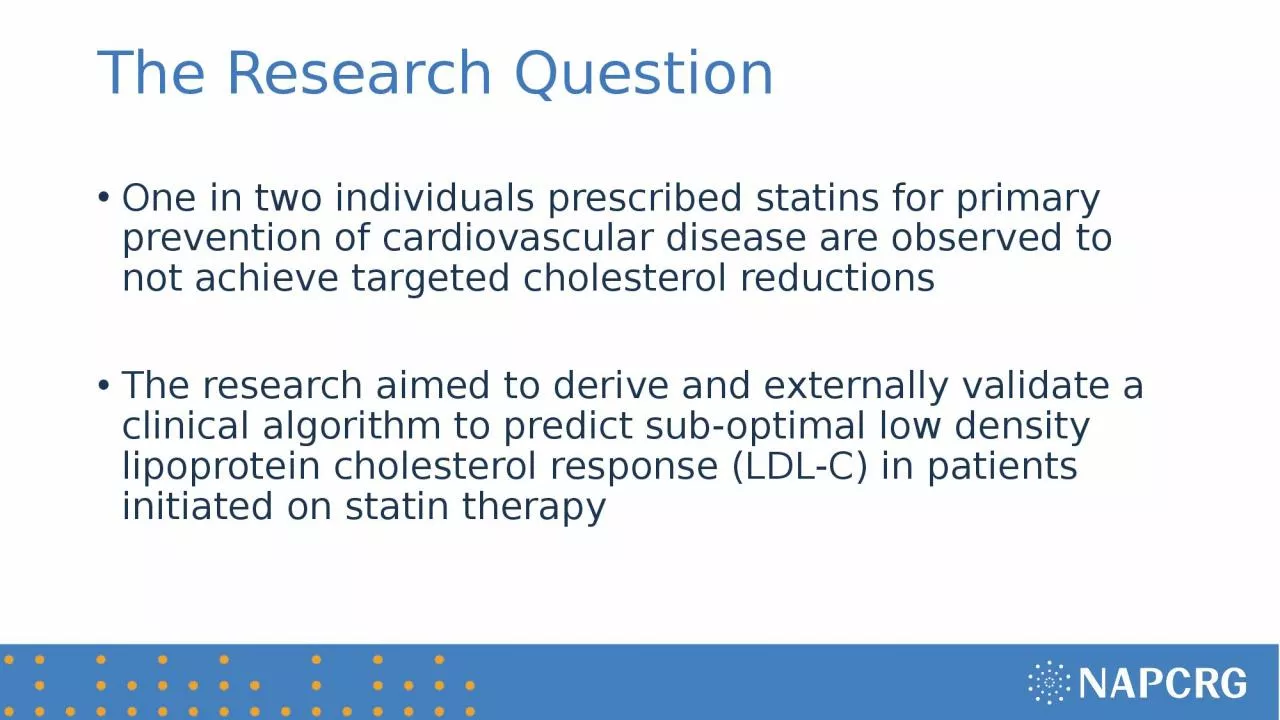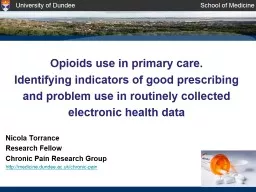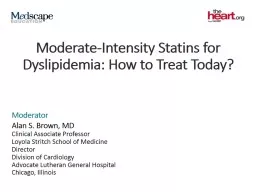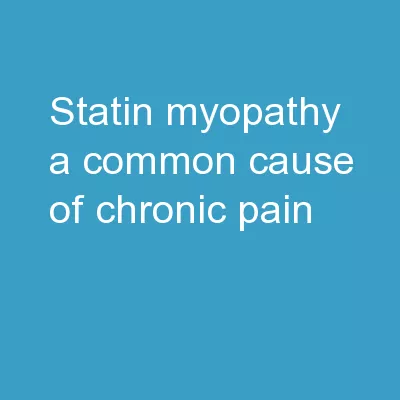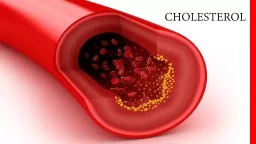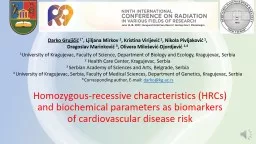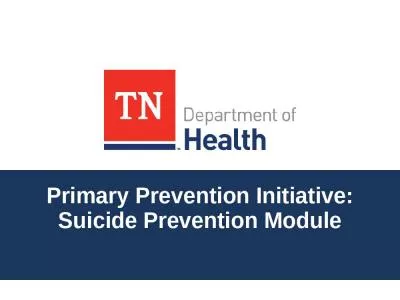PPT-The Research Question One in two individuals prescribed statins for primary prevention
Author : morgan | Published Date : 2024-02-09
The research aimed to derive and externally validate a clinical algorithm to predict suboptimal low density lipoprotein cholesterol response LDLC in patients initiated
Presentation Embed Code
Download Presentation
Download Presentation The PPT/PDF document "The Research Question One in two individ..." is the property of its rightful owner. Permission is granted to download and print the materials on this website for personal, non-commercial use only, and to display it on your personal computer provided you do not modify the materials and that you retain all copyright notices contained in the materials. By downloading content from our website, you accept the terms of this agreement.
The Research Question One in two individuals prescribed statins for primary prevention: Transcript
Download Rules Of Document
"The Research Question One in two individuals prescribed statins for primary prevention"The content belongs to its owner. You may download and print it for personal use, without modification, and keep all copyright notices. By downloading, you agree to these terms.
Related Documents

